Across the globe, awe-inspiring structures rise from the earth, defying gravity, challenging possibility, and dazzling anyone who lays eyes on them. These architectural marvels are more than just buildings—they represent humanity’s tireless pursuit to push creative and scientific boundaries. Their towering spires, gravity-defying shapes, and mind-bending designs tell stories of ingenuity, vision, and perseverance. Let’s embark on a journey through some of the most astonishing examples of architecture and engineering, and discover the breathtaking feats that make them legendary.
Limits of Gravity: Structures That Seem to Float
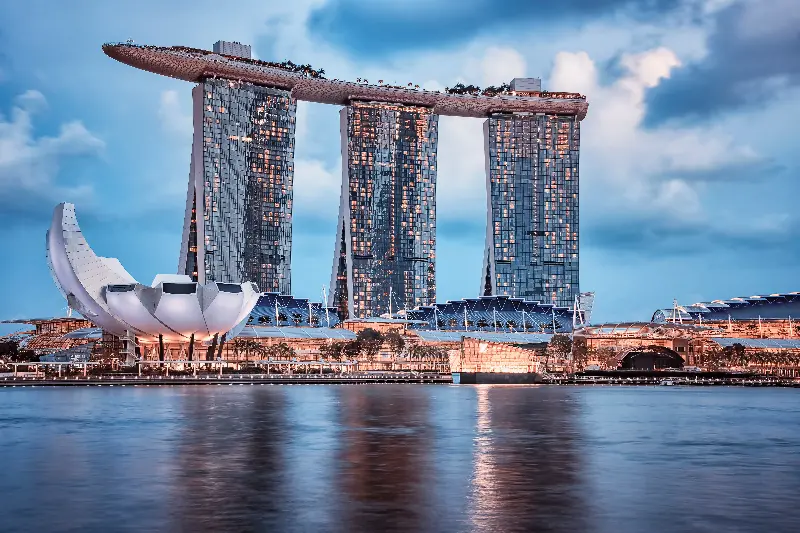
There is something magical about architecture that looks impossible. Some buildings seem to ignore the rules, balancing massive structures on single points or hanging out over dizzying drops. The Marina Bay Sands in Singapore, for instance, is famous not only for its sky-high luxury but for the 340-meter-long SkyPark that connects its three soaring towers. This breathtaking rooftop structure, looking like an enormous surfboard, features an iconic infinity pool that lets guests swim on the edge of an urban abyss. Engineering such a colossal platform required cutting-edge techniques in steel construction and computer modeling, while its shape evolved to withstand the region’s gusty winds.
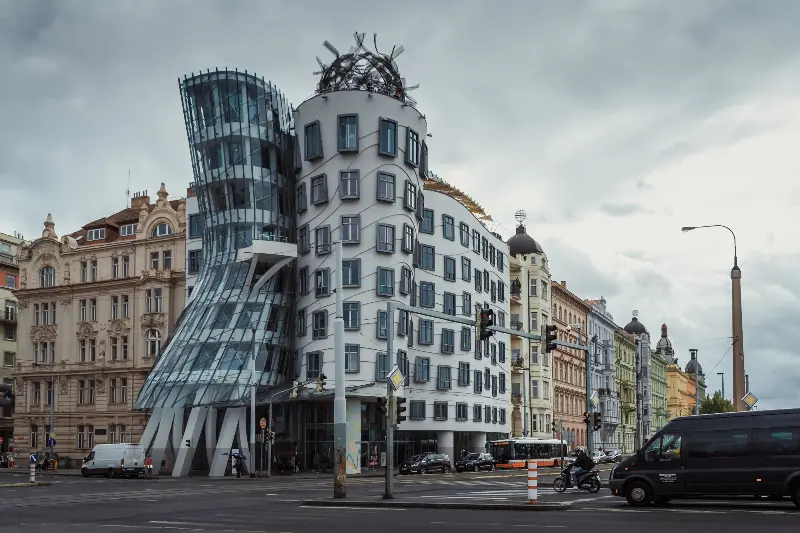
Similarly, the Dancing House in Prague by architects Frank Gehry and Vlado Milunić astounds with its curvy, flowing facades that look set to topple over. Gehry’s radical approach involved non-rectilinear forms, which at the time puzzled engineers. Every bend and twist required bespoke structural solutions, with heavy use of reinforced concrete and steel. The result is not just a building, but a playful dialogue between stability and motion, defying the solid, straight lines we associate with traditional construction.
Sky-High Ambition: Super-Tall Towers
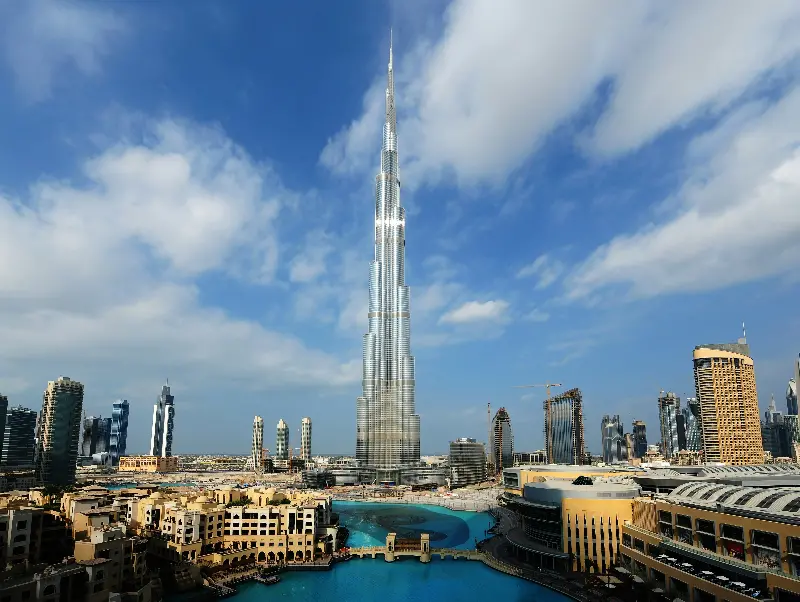
Few projects encapsulate the thrill of architectural ambition like super-tall skyscrapers. The Burj Khalifa in Dubai shattered records by rising to a height of 828 meters, making it the tallest building on earth. But building such a spire wasn’t merely about stacking floor upon floor—it required radical innovations in material science and aerodynamics. Burj Khalifa’s design incorporates a “buttressed core” structural system, which allows it to withstand fierce desert winds and redistribute stress efficiently throughout the tower. Special high-strength concrete, pumped higher than ever before, forms its soaring frame.

Another feather in the world’s architectural cap is the Shanghai Tower, a twisting glass giant that spirals upward with an unmistakable silhouette. Wind tunnel tests informed its corkscrew shape, which reduces wind loads by over 20 percent and minimizes the need for heavy counterweights. Inside, the tower layers multiple atriums and “sky gardens,” blurring the boundaries between engineering, ecology, and art.
Organic Wonders: Nature-Inspired Creativity
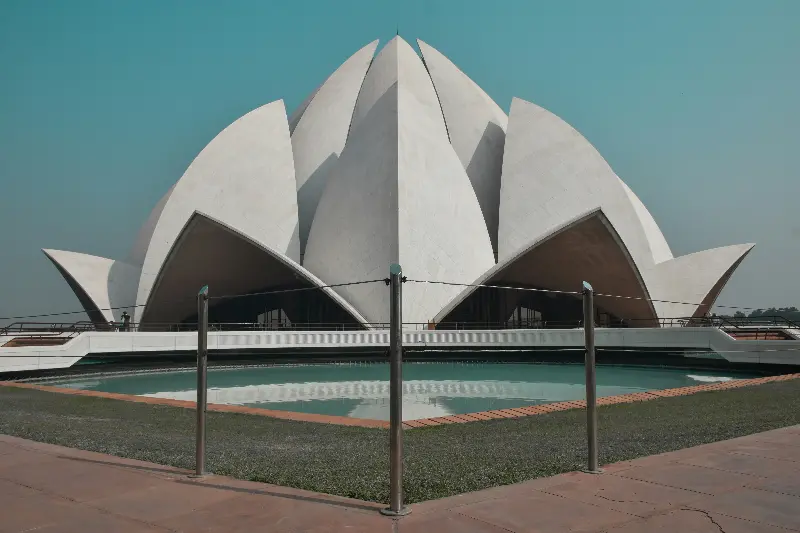
Architecture doesn’t always mean hard edges and rigid forms. Some of the world’s most stunning buildings channel the organic curves and subtle logic of nature. The Lotus Temple in New Delhi is an iconic case—shaped like a blooming lotus flower, it’s not just visually mesmerizing but also an acoustic and structural masterpiece. The “petals” act as both walls and roofs, spreading both weight and natural light beautifully throughout the space. Building such a form involved complex geometrical planning and advanced computer-aided design.
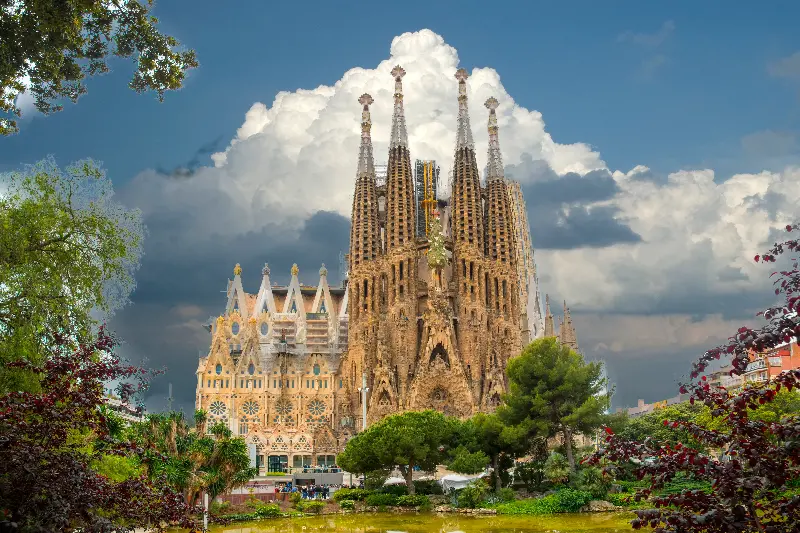
In Spain, Antoni Gaudí’s Sagrada Família is perhaps the ultimate tribute to organic creativity. Despite still being under construction more than 140 years later, its vaults, columns, and facades recall the branching of trees and the spirals of snail shells. Gaudí devised new methods for modeling complex curves, famously using chains and hanging weights to plot the most efficient forms for arches. Modern builders employ 3D modeling and digital fabrication to bring Gaudí’s complex vision to life—a perfect marriage of old-world imagination and new-world technology.
Moving Parts: The Rise of Kinetic Architecture
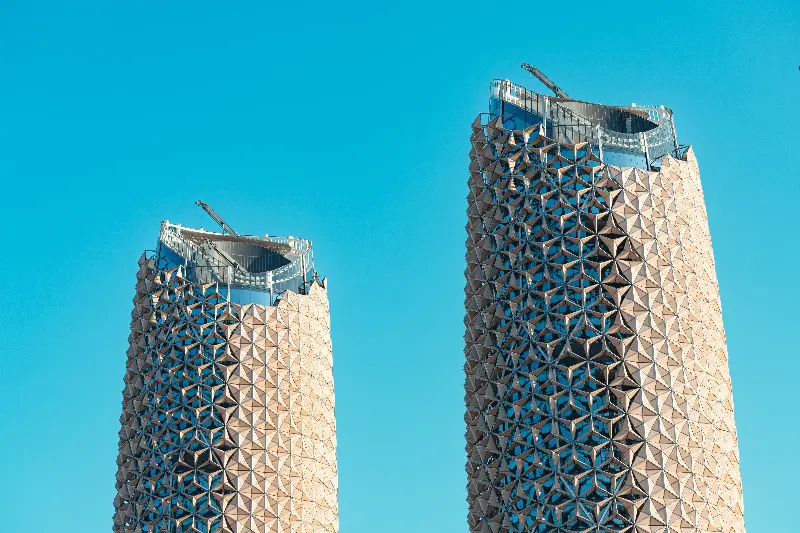
Some buildings don’t just stand—they move. Kinetic architecture takes design a step further, creating structures that shift, adapt, or even dance with the sun. The Al Bahar Towers in Abu Dhabi are a superb example. Their facades are covered in origami-like sunshades that automatically open and close in response to the sun’s angle, keeping the interiors cool and constantly changing the building’s exterior look.
Perhaps even more astonishing is the Dynamic Tower, a proposed skyscraper for Dubai. If built, this 80-story marvel would allow each of its floors to rotate independently, offering ever-shifting views and a constantly evolving silhouette. While the Dynamic Tower is still a vision, it represents the tantalizing future in which buildings not only push but actually break free from traditional boundaries.
Engineering at Extreme Environments
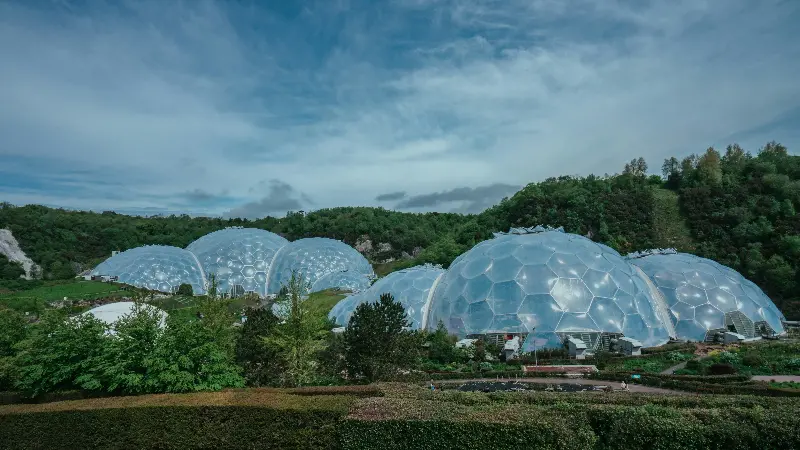
Pushing architectural boundaries often means conquering climate, altitude, or even the sea itself. The Eden Project in the United Kingdom, for example, houses thousands of plant species inside huge geodesic “biomes”—massive bubbles built with ultra-lightweight hexagonal panels. These domes shelter delicate ecosystems in an otherwise challenging climate, brilliantly balancing engineering, sustainability, and beauty.
Then there’s Norway’s remarkable Under restaurant, half-submerged beneath the frigid waters of the North Sea. Here, concrete walls 50 centimeters thick fend off harsh ocean currents and waves, while enormous panoramic windows give diners an immersive glimpse of marine life. With its function as both restaurant and artificial reef, it proves that architectural ambition doesn’t just reach for the sky—it can also delve fearlessly beneath the waves.
Celebrating Boundless Human Imagination
Each of these marvels stands as a testament to human creativity, courage, and a healthy disregard for the impossible. Architects and engineers continue to draw from art, science, and the world around them, daring to dream and build in ways that inspire all of us. As technology advances and visions grow bolder, there is no telling what breathtaking wonders the future of architecture will unveil.
